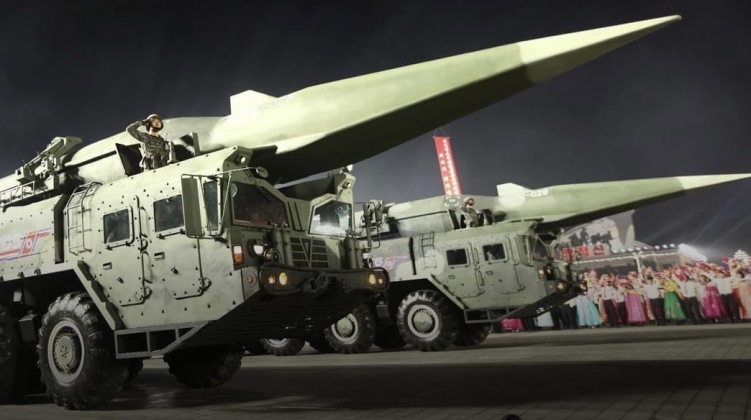Following escalated testing of a range of new ballistic missiles, which has included the world’s first ground launched missile with a tactical hypersonic glide vehicle outside China and the first intercontinental range ballistic missile tested since 2017, satellite footage has reportedly shown North Korea taking steps towards construction of a new nuclear reactor. While potentially intended to reduce or end energy shortages in the country, with cities other than the capital Pyongyang having faced occasional power cuts since the imposition of tighter UN sanctions on fuel imports in 2017, the reactor is considered more likely intended to increase the country’s ability to manufacture fissile materials to expand its nuclear weapons arsenal. It is located at the Yongbyon nuclear site which the Bill Clinton administration came close to launching attacks on in the 1990s and which has been central to the Korean nuclear program since the late 1980s. Satellite images were cited by weapons expert and professor at the Middlebury Institute Jeffrey Lewis as “the first unambiguous indicator that North Korea is moving to complete the reactor.”

Efforts at Yongbyon included “connecting the secondary cooling loop of the 50 MW(e) reactor to a pumphouse on the river… In the image dated April 20, construction equipment is visible, as are what appear to be pipe segments. By May 7, North Korea had buried the pipe,” he added. “The connection of the cooling loop helps explain other activities seen at the 50MW(e) reactor in recent years. Connecting the secondary cooling loop suggests, in hindsight, that the demolition of the apparent spent-fuel building was an early sign that North Korea intends to complete construction of the reactor.” The new reactor is notably approximately ten times as large as the one already operational at Yongbyon, with Lewis highlighting that it could increase plutonium output tenfold for the Korean nuclear weapons program. The East Asian state has been technically at war with the United States for over 70 years, and is currently thought to field over 60 nuclear warheads. The country was suspected by U.S. intelligence of having completed its first warheads as early as 1994. The possibility remains that construction of the new reactor is intended to place pressure on Washington to return to the negotiating table on favourable terms and offer relief from economic sanctions imposed through the United Nations in exchange for a freeze on construction among other concessions.
